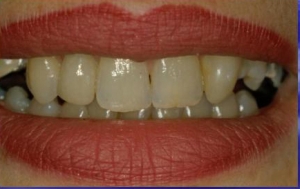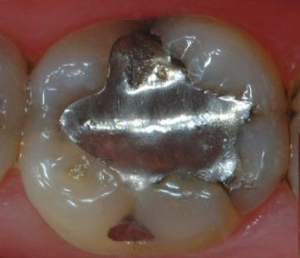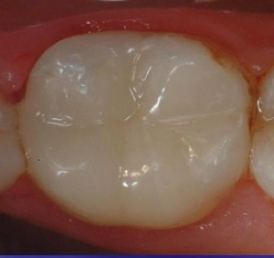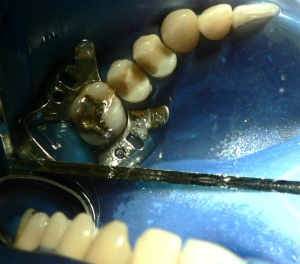A harmonious and beatuiful smile is an ornament of the face, it is a nice sign towards other people, which transmits that this person is extrovert, neat, and it is a message of internal beauty. Shape, colour, size and position of teeth is of decisive importance in creating this harmony.
1. Smile design (Frontfogak formatervezése)
In many cases in consequence of innate features, injuries, or unsuccessful dental restorations harmony of face and frontal teeth is not ideal, and well-balanced. First we design shape, position and colour of the teeth, together with the patient and the dental technician, then we build models in the mouth and form the final outline. If our patient likes this, we consider it when finishing the definitive dental restorations.



2. Aesthetic tooth coloured filling
„Invisible” restorations can be made by using the most modern aesthetic filling materials, which have several shades. Layer structure of the tissues of the tooth can be restored both functionally and optically with the help of different layering technics. Since these materials are very sensitive to humidity (vapour content of expirated air can influence, or damage glueing and material qualities of filling materials too), we strive for complete isolation in every case. With the help of a rubber dams (cofferdam) we can treat the tooth to be treated in absolutely wet and saliva free conditions.


Amalgam fillings are removed by this way too, and so swallowing of fillings and inhalation of mercury vapour , which is liberated in such cases, can be prevented.

3. Teeth whitening
A lot of our patients ask if it is possible to have a hollywood style, snow-white smile, what they can see in movies or series. The answer is not simple. Teeth whitening, although many people do not know, is not a harmless thing. Overdone, or not professional treatment can be the source of unpleasant, long lasting and intense sensitivity of the neck of the tooth, or the gums can get burnt, or it can cause smaller or bigger painful injuries on the epidermis. Besides, the desired colour effect often does not happen.
Before a lasting teeth whitening without side effects, you should undergo a thorough dental, and mouth hygienic examination. After this, it is often necessary:
-to remove dental plaque, fur, or other deposit and polish,
-an aesthetic treatment of the carious teeth,
-to change old, discoloured fillings,
-X-ray control of root canalled teeth, and if necessary, revision of root canal filling.
In the majority of cases, having done the above mentioned treatments, using a well-selected coloured filling material, a much brighter shaded smile can be reached than the original colour. If patient is not yet satisfied with the look, and would like to continue teeth whitening, then can come a treatment customized by the dentist, which suits the patient’s demands.
In-office whitening: It is carried out by a dentist, or a dental hygienist assistant at the office. Reagent is more concentrated, result is faster, it is less teeth friendly, post-bleaching tooth sensitivity is more frequent.
Tooth bleaching at home: Special guard trays are made at the dental technician’s laboratory, or at the dentist’s office using upper and lower impresssions. Bleaching gel has to be poured here following adequate instructions, then tray has to be put on the teeth so as to be stabil, and tray has to be left for the required time or being awake, or during sleeping. This procedure has to be repeated till the desired shade is not reached. Reagent is less concentrated, wanted result can be reached after a longer procedure, however it spares much better dental enamel. Post-bleaching neck of the tooth sensitivity, if occurs at all, does not, or rarely reach threshold of pain.
Having used both methods, it is recommended that you use so-called protecting lacquers, paintings, which can reduce undesired after-effects.
In our office we protect enamel using a two-phased „deep-fluorizer”painting, as it has the most long lasting effect, impregnating not only the surface of the tooth, but the deeper layers too, blocking rough exterior stimuli from the sensitive nerve.





